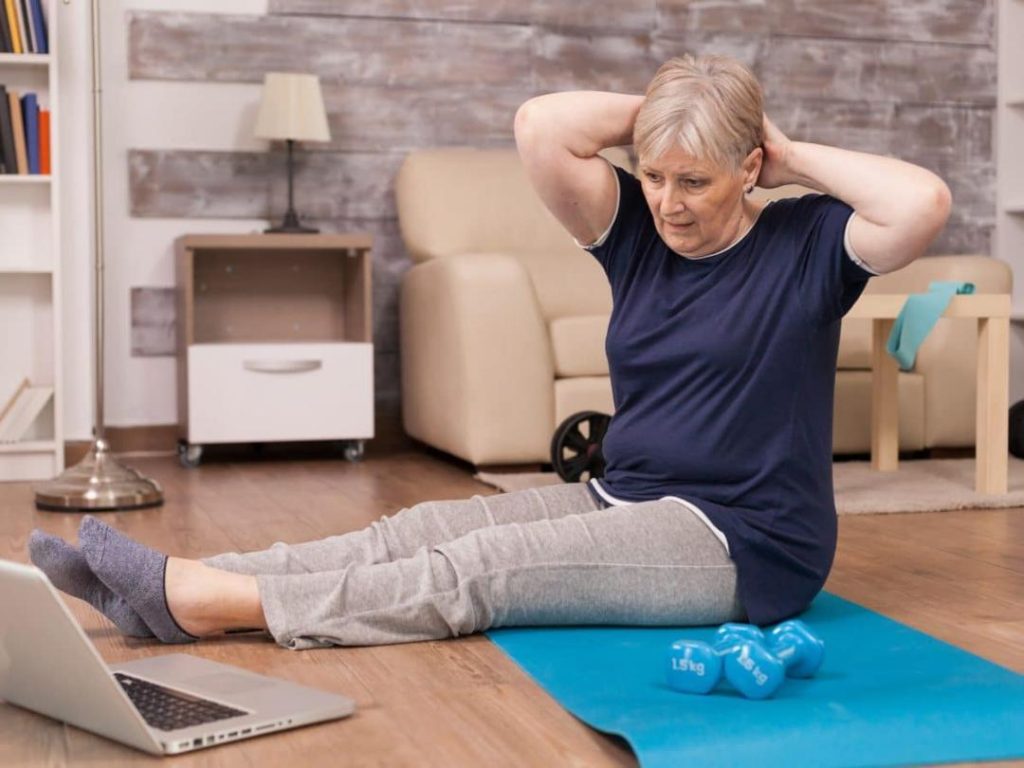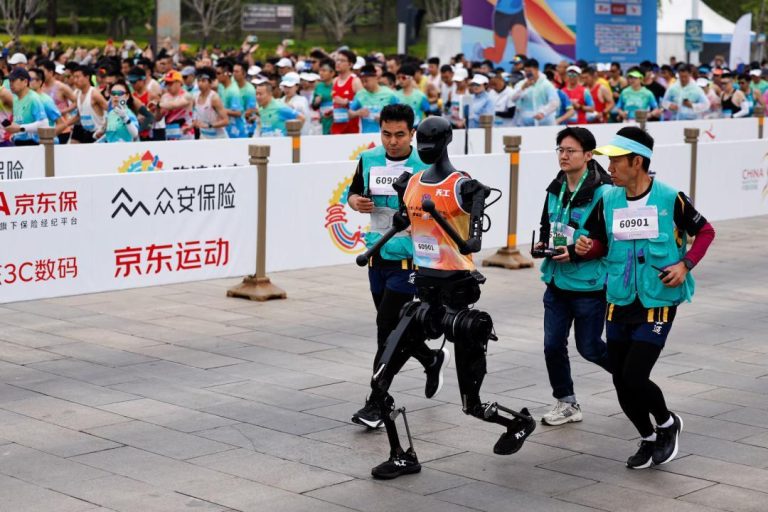
Physiotherapy: How AI & AR are making pain a thing of the past
In the realm of healthcare, technology has been transforming the way we approach treatment and prevention. One of the most significant areas where innovation is making a significant impact is physiotherapy. The integration of Artificial Intelligence (AI) and Augmented Reality (AR) in physiotherapy is revolutionizing the way we manage pain, prevent injuries, and promote overall wellness. In this blog post, we’ll explore how AI and AR are making pain a thing of the past, and how this evolution is changing the face of physiotherapy.
The Rise of AI in Physiotherapy
AI has been gaining traction in the healthcare industry, and physiotherapy is no exception. AI-powered physiotherapy tools are designed to analyze patient data, identify patterns, and provide personalized treatment plans. This technology enables physiotherapists to:
- Real-time Posture Corrections: AI-powered sensors and cameras can detect even the slightest deviations from optimal posture, providing real-time feedback to patients. This correction is crucial in preventing musculoskeletal issues, such as back pain, neck strain, and shoulder tension.
- Personalized Exercise Plans: AI algorithms analyze a patient’s medical history, physical abilities, and goals to create customized exercise plans. This ensures that patients receive targeted exercises that address their specific needs, reducing the risk of injury and improving overall progress.
- Early Detection of Musculoskeletal Issues: AI-powered software can analyze data from various sources, including patient surveys, medical records, and wearable devices, to identify potential musculoskeletal issues before they become severe.
- Improved Patient Engagement: AI-powered chatbots and virtual assistants can engage patients in their treatment journey, providing them with educational resources, reminders, and motivational messages, which can significantly improve patient outcomes.
Augmented Reality in Physiotherapy
AR is transforming the way physiotherapists interact with patients. This technology overlays digital information onto the real world, providing a more immersive and interactive experience. AR in physiotherapy enables:
- Virtual Reality Exposure Therapy: AR exposure therapy is used to treat conditions like anxiety disorders and PTSD. Patients are gradually exposed to simulated environments that trigger their anxiety responses, allowing them to confront and overcome their fears in a controlled setting.
- Interactive Exercise Guidance: AR-powered exercise guidance provides patients with real-time feedback and correction, ensuring they perform exercises correctly and safely.
- Virtual Physical Therapy Sessions: AR technology enables remote physical therapy sessions, breaking geographical barriers and making healthcare more accessible to patients worldwide.
- Gamification of Treatment: AR-powered games and challenges can make treatment more engaging and fun, encouraging patients to participate actively in their rehabilitation process.
The Future of Physiotherapy
The integration of AI and AR in physiotherapy is poised to revolutionize the way we approach pain management and prevention. By shifting focus from treatment to prevention, AI and AR are empowering physiotherapists to:
- Prevent Injuries: AI-powered sensors and cameras can detect potential injuries before they occur, enabling physiotherapists to take proactive measures to prevent them.
- Improve Patient Outcomes: AI-powered treatment plans and AR-powered exercise guidance ensure that patients receive targeted and effective treatment, resulting in better outcomes and faster recovery times.
- Enhance Patient Engagement: AI-powered chatbots and virtual assistants can engage patients in their treatment journey, promoting patient empowerment and active participation.
- Reduce Healthcare Costs: AI and AR-powered physiotherapy can reduce healthcare costs by preventing injuries, reducing treatment times, and improving patient outcomes.
Conclusion
The integration of AI and AR in physiotherapy is transforming the way we approach pain management and prevention. By leveraging these technologies, physiotherapists can provide more effective, personalized, and accessible treatment plans. As AI and AR continue to evolve, we can expect to see even more innovative applications in the field of physiotherapy. By shifting focus from treatment to prevention, AI and AR are making pain a thing of the past, ensuring accessible and proactive healthcare for all.
Source:
https://www.healthcareradius.in/features/technology/physiotherapy-obesity-tech






